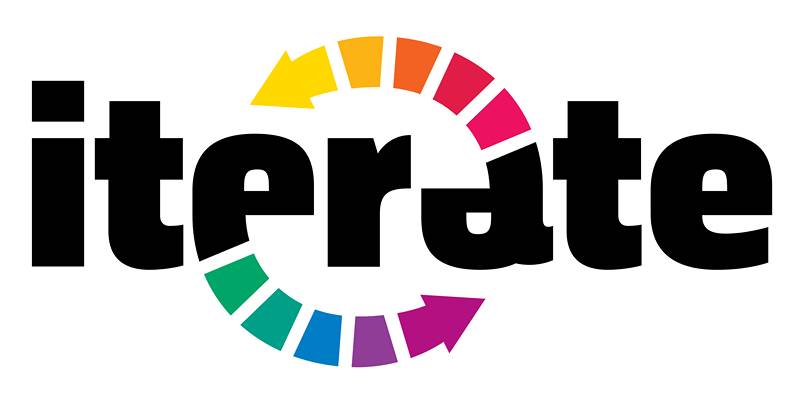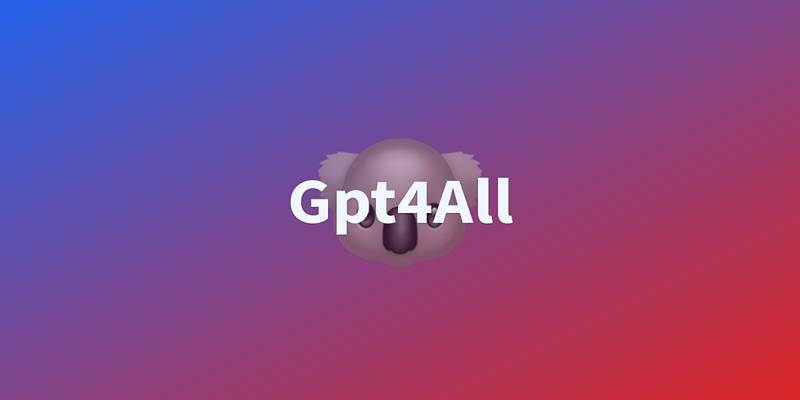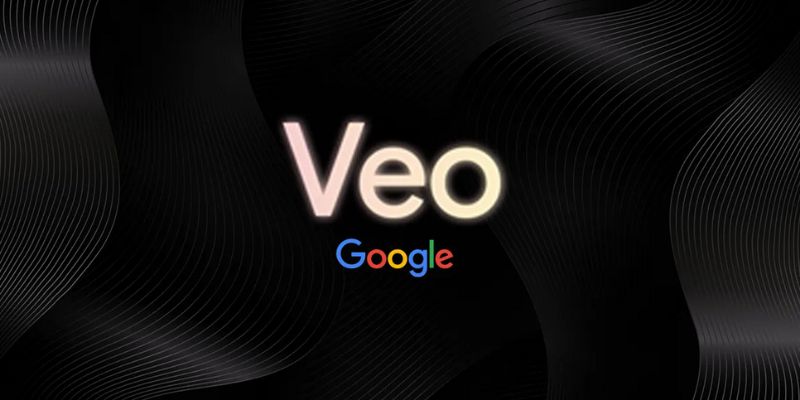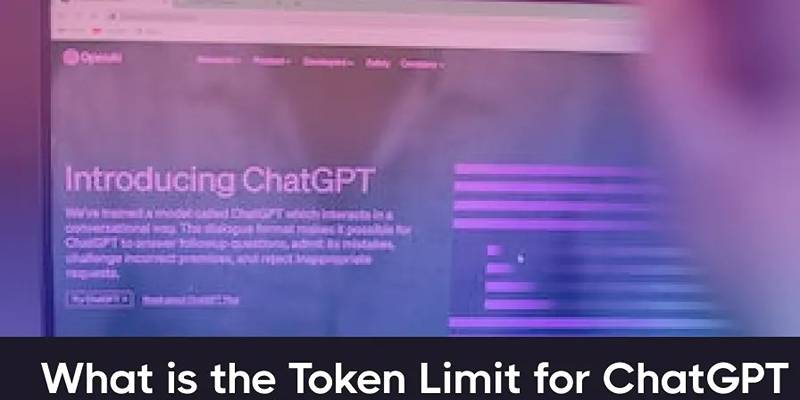Advertisement
Effective brainstorming is a cornerstone of innovation, problem-solving, and planning—yet getting started can be challenging. Often, ideas feel scattered, or the scope seems too vast to manage. It is where the power of visualization and AI can make a real difference. By integrating mind maps with ChatGPT, individuals and teams can elevate the brainstorming process into something more dynamic, intuitive, and productive.
Mind mapping provides a visual structure that helps untangle thoughts and organize information. ChatGPT, on the other hand, brings in the power of artificial intelligence—offering suggestions, filling knowledge gaps, and prompting further exploration. Together, these tools form a powerful combo for clear and creative ideation.
Let’s explore how you can combine the structure of mind mapping with the intelligence of ChatGPT to transform your brainstorming into a more organized and idea-rich process:
Every effective brainstorming session starts with a clearly defined purpose. Before diving into idea generation, take time to establish what you’re trying to accomplish. Whether it's developing a business strategy, solving a design problem, or creating content, clarity is key.
Write your goal in the center of your mind map. It serves as the foundation from which all other ideas will branch out. At this point, ChatGPT can help refine your objective by rephrasing it, narrowing it down, or suggesting additional angles you might consider. You can also ask it to break a broad goal into more manageable parts—useful for complex or multi-layered challenges.
Adding this level of definition early on creates a stronger framework for all ideas that follow. A clear objective reduces distractions and ensures your brainstorming stays goal-focused. It sets the tone for every branch and idea that follows.
Next, begin drawing the main branches of your mind map—these represent the core categories or key components related to your central goal. For example, if you're brainstorming for a product launch, your initial branches might include “target users,” “marketing tactics,” “budget,” and “distribution channels.”
ChatGPT is especially helpful at this stage. You can ask it to identify the essential elements tied to your objective. The AI can provide you with a list of themes, frameworks, or relevant topics that form the structural base of your brainstorming. If you’re stuck, it can also suggest creative or unconventional categories you may not have thought of.
This step creates the blueprint of your idea space and helps ensure balanced coverage of the topic. It ensures you don't overlook important dimensions and creates a structured pathway for deeper exploration.

With your primary branches in place, it’s time to explore each one in detail. This phase involves brainstorming supporting ideas, subtopics, and connections that extend outward from each branch.
Here, ChatGPT becomes your creative partner. By entering specific branch topics—like “social media strategy” or “team collaboration”—you can receive a range of content: step-by-step strategies, idea lists, potential risks, or even comparison points. You might also ask ChatGPT to generate counterpoints or alternative solutions to avoid bias and broaden your perspective.
This process of idea expansion not only fills out your mind map but also makes it more multidimensional and thought-provoking. It encourages non-linear thinking and surfaces angles that may be missed in traditional brainstorming. Even abstract or loosely related prompts can spark unique directions.
Once your mind map is full of ideas, it’s essential to sift through them. Not all concepts will be useful or viable. Refining involves trimming excess, merging similar ideas, and prioritizing what matters most.
ChatGPT can support this filtering process by helping you assess ideas for relevance, practicality, cost-effectiveness, or alignment with your end goal. You can also ask it to help score or rank ideas based on predefined criteria, like time required, impact, or complexity.
At this stage, the map shifts from a creative sprawl to a focused strategy—one that can guide actual action or decision-making. This step ensures your brainstorming yields not just more ideas but better ones—shaped by clear reasoning and strategic alignment.

Great ideas rarely emerge fully formed on the first attempt. Brainstorming is most effective when treated as an iterative process. As new thoughts arise or circumstances change, your mind map should evolve.
Return to ChatGPT whenever you need fresh input, to challenge stagnant ideas, or to explore newly emerging directions. You can also use it to generate names, headlines, outlines, or potential implementation plans for concepts in your map. It becomes a continuous companion throughout your ideation cycle—not just a one-time tool.
This iterative use ensures your brainstorming remains dynamic, relevant, and aligned with evolving needs or feedback. Think of it as a living process—one that adapts and improves the more you engage with both your insights and ChatGPT's evolving suggestions.
While paper mind maps are still effective, digital tools make the process more seamless—especially when integrating with ChatGPT. Platforms like Miro, XMind, and MindMeister allow you to build interactive, shareable maps that evolve. Many of these tools support AI integrations or allow content generated by ChatGPT to be imported easily.
On the AI side, ChatGPT can be accessed via web interfaces or integrated into productivity tools. You can use it directly in documents, note-taking apps, or team collaboration platforms—making it accessible in nearly any workflow.
The fusion of mind mapping and ChatGPT represents more than a productivity hack—it’s a reflection of how human creativity and machine intelligence can complement each other. While AI excels at generating possibilities and organizing content, human judgment is key to filtering, connecting, and prioritizing those ideas.
When used thoughtfully, this combination transforms brainstorming from a chaotic process into a structured yet creative experience. It not only helps individuals generate more ideas but also ensures that those ideas are relevant, connected, and strategically aligned.

Need to remove an image background in seconds? Learn how Erase.bg makes it quick and easy to clean up product photos, profile pictures, and more with no downloads required

How the Amazon SageMaker Tool for MLOps simplifies building, deploying, and maintaining models. Learn how this managed machine learning platform supports end-to-end workflows and makes scaling easier for teams

Install GPT4All on your Windows PC and run a ChatGPT-style AI chatbot offline, privately, and completely free of charge.

Snowflake unveils new AI and security features to enhance machine learning, data protection, and scalability for businesses

How is Higgsfield revolutionizing AI video creation? Learn about its fast, personality-driven videos perfect for social media, and how it compares to tools like Sora

Discover best practices freelance writers can follow to use ChatGPT ethically, creatively, and professionally in their work.

Google unveils the Veo video model on Vertex AI, delivering scalable real-time video analytics, AI-driven insights, and more

Learn how ChatGPT token limits affect input, output, and performance—and how to manage usage without exceeding the cap.

Worried about how ChatGPT handles your data? Learn how to stop your conversations from being used to train AI models and manage your privacy settings effectively

How Visa AI Shopping Agents are transforming the online shopping experience with smarter, faster, and more personal assistance at check-out

Learn how HR professionals can use ChatGPT to write emails, documents, and job posts faster and with less effort.

Discover how writers can use ChatGPT to develop fictional worlds, including culture, history, magic, politics, and more.